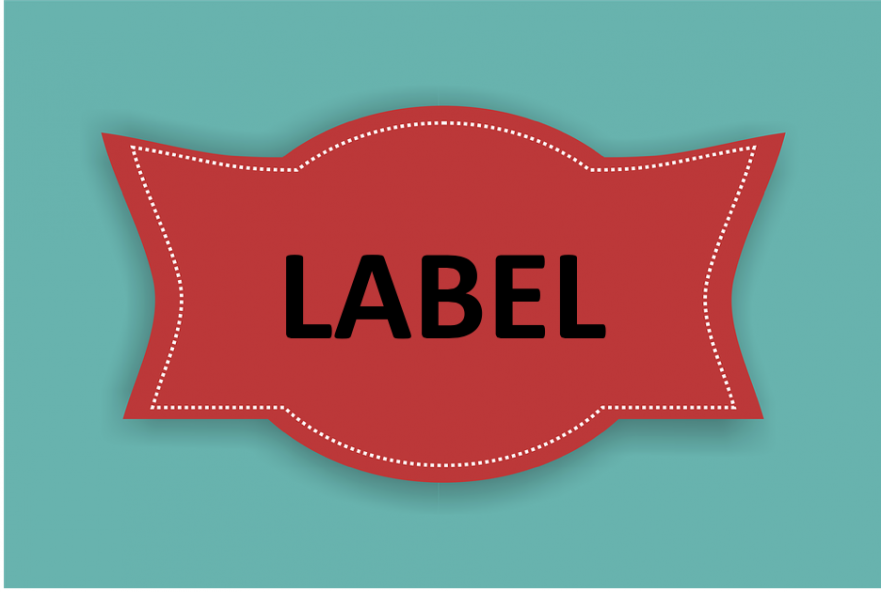“When it says Libby’s, Libby’s, Libby’s on the label, label, label, nothing’s better, better, better, on the table, table, table.” So went the 1970’s jingle promoting Libby’s canned goods. It’s catchy. Try getting it out of your head. But what if Libby is a student in one of my classes and I want to build a strong professional relationship with her? How much weight should I give to the labels she carries? They’ll include, but not be limited to, labels about age, gender, grade, race, disabilities, physical and sometimes mental health, family relations, proficiency level in math or language arts, special accommodations, and so forth.
Navigating that label land mine raises multiple questions: How were these labels determined? Are they permanent? Which are objective? Which are subjective? Which are none of my business? Do any mandate actions on my part? Can any be ignored? And back to the original question, how relevant are they to how I build a personal relation with Libby and her family?
Sometimes the answers and attendant actions on my part come easily – if Libby is visually impaired and I seat her near the board, she’ll know I care about her. Other times, it just gets silly. Will Libby and I really not get along if I fail to include the unique contributions and struggles of her culture when I plan lessons, as the state mandates?
I often remember the Arizona K12 Center Teacher Leader Institute last summer in Tucson. The facilitator showed the very excellent video, I am NOT Black, You are NOT White, makes the case against getting hung up on a skin deep label. Ironically, the keynote speaker later presented a dozen or more skin deep labels that we need to know about a student in order to get to know them as a person. But in order to start a relationship, would you rather have Libby’s twelve labels or twelve minutes of her time?
Ultimately, like pretty much everything, it’s a matter of balance. Complying with mandated accommodations to help Libby with a learning disability will help her learn better and be more comfortable in class, and that will help our relationship. So will discovering though our time together how our personalities complement each other and how they clash. We’ll also discover the labels that will define our view of each other, whether we consider the other honest, well-meaning, kind, hard-working, funny, sympathetic, or, their opposites.
Regardless, aren’t those the labels that go to the bone, and aren’t they the ones that matter most in our relationships with students?










Comments 1
Hi Sandy. Fun take on labels. I enjoyed the read.